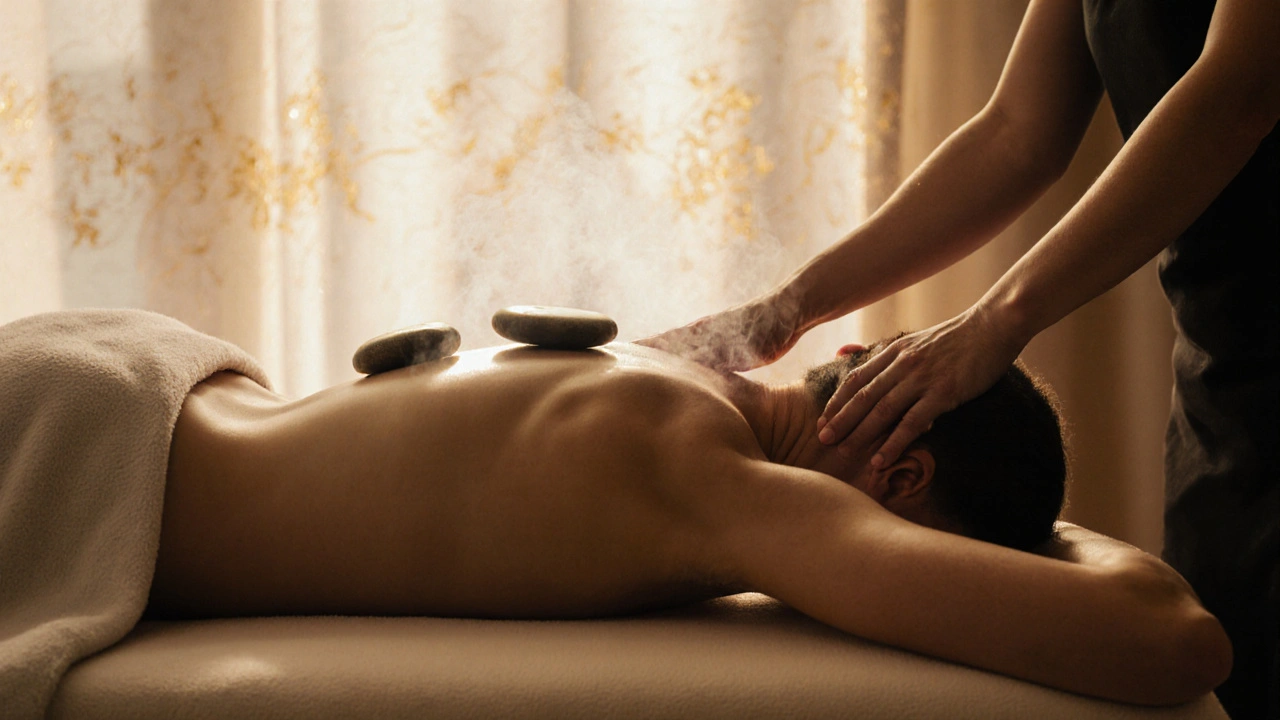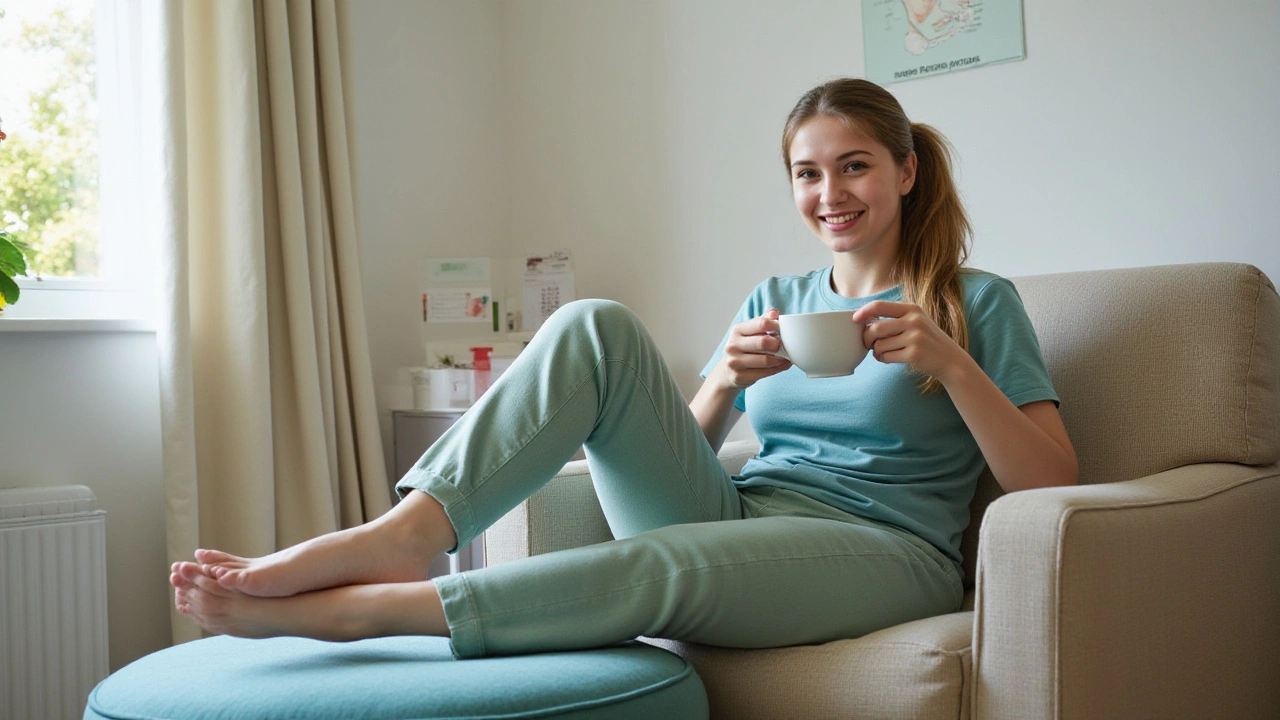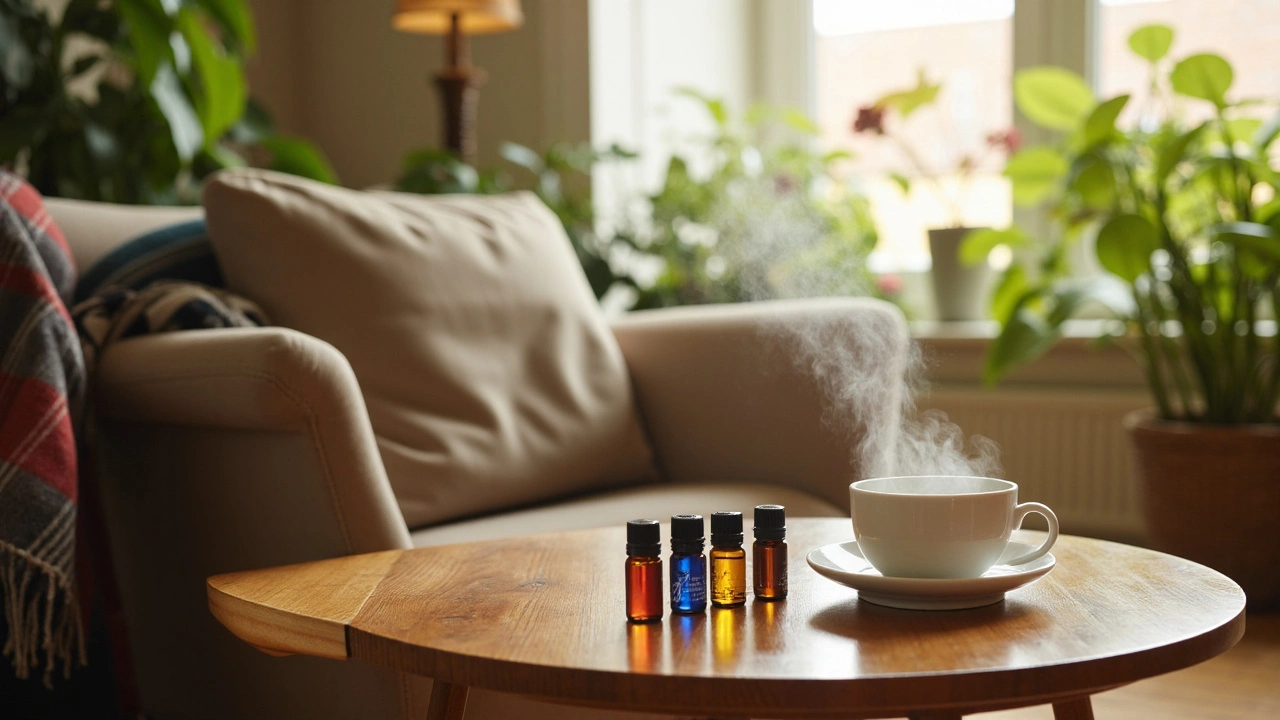Mental Wellness: How Massage Can Give Your Mind a Boost
If you’ve ever felt a knot of tension in your shoulders after a long day, you know how quickly your mood can dip. Massage isn’t just about easing sore muscles – it sends signals to your brain that help calm anxiety, lift mood, and improve focus. In this guide we’ll break down why that happens and how you can use a few easy tricks to feel better today.
Why Massage Matters for Your Brain
When a therapist applies pressure, the body releases oxytocin and serotonin, two chemicals that act like natural antidepressants. A hot stone session or a deep‑tissue massage can lower cortisol, the stress hormone that keeps you on edge. Studies show people who get regular massages report less insomnia, lower blood pressure, and a clearer mind. That’s why many athletes and busy professionals schedule weekly sessions – it keeps their mental engine running smooth.
Even a short 10‑minute head massage can spark a wave of relaxation. The scalp is packed with nerve endings, and gentle strokes stimulate blood flow to the brain. You’ll feel a quick mental reset, similar to a power nap but without the time commitment. For those who can’t visit a spa, a simple self‑massage using fingertips or a tennis ball can do the trick.
Easy Ways to Add Massage Into Your Routine
1. Morning stretch‑and‑roll: After waking up, spend two minutes rolling a foam roller over your back and shoulders. It loosens tightness and wakes up your nervous system.
2. Desk‑break rub: Keep a small massage ball at your desk. When you feel tension building, press it between your shoulder blade and spine for 30 seconds. You’ll notice a drop in stress within minutes.
3. Evening wind‑down: Before bed, use a warm towel or heating pad on your neck for five minutes, then follow with gentle circular motions using your hands. This routine signals your body it’s time to chill, helping you fall asleep faster.
4. Weekend treat: Book a 60‑minute full‑body session at a reputable London therapist. Look for keywords like “mind‑body connection” or “mental health” in their service description – those specialists tailor pressure to support relaxation, not just muscle recovery.
5. Partner massage: Invite a friend or partner to swap shoulder rubs. Sharing the experience releases oxytocin for both of you, strengthening relationships while reducing stress.
Remember, consistency beats intensity. A 15‑minute session twice a week often delivers better mental results than a single hour-long massage once a month. Pay attention to how you feel after each session – note any drop in anxiety, better sleep, or sharper focus. Those tiny improvements add up.
Lastly, stay hydrated. Drinking water after a massage helps flush out metabolic waste that the body released during the session, leaving you feeling lighter and more alert.
Massage is a simple, drug‑free tool you can weave into daily life. By understanding the brain chemistry behind it and using these quick techniques, you’ll boost your mental wellness without breaking the bank or spending hours on self‑care. Give it a try and notice how a few minutes of focused touch can change your whole day.
The Mind-Body Connection: How Massage Therapy Benefits Both Mental and Physical Health
Massage therapy doesn't just relax muscles-it calms the nervous system, lowers stress hormones, improves sleep, and lifts mood. Science shows how touch heals both body and mind.
VIEW MOREHow Foot Massage Boosts Mood: Benefits, Science & Easy Techniques
Learn how foot massage can improve mood, reduce stress, and support mental wellness. Discover real science, surprising facts, and easy techniques for daily relaxation.
VIEW MOREAromatherapy Massage: Unlocking the Secret to Inner Peace
Ever wondered why so many people swear by aromatherapy massage for relaxation? This article breaks down what really happens during an aromatherapy massage, which essential oils work best for different moods, and how the science behind scent can truly impact your mind and body. Get simple tips to make your next massage more calming, whether you go to a spa or try it at home. Learn the small details that turn a basic massage into a truly peaceful experience. No fluff—just practical info, straight talk, and plenty of easy-to-follow advice.
VIEW MORE


